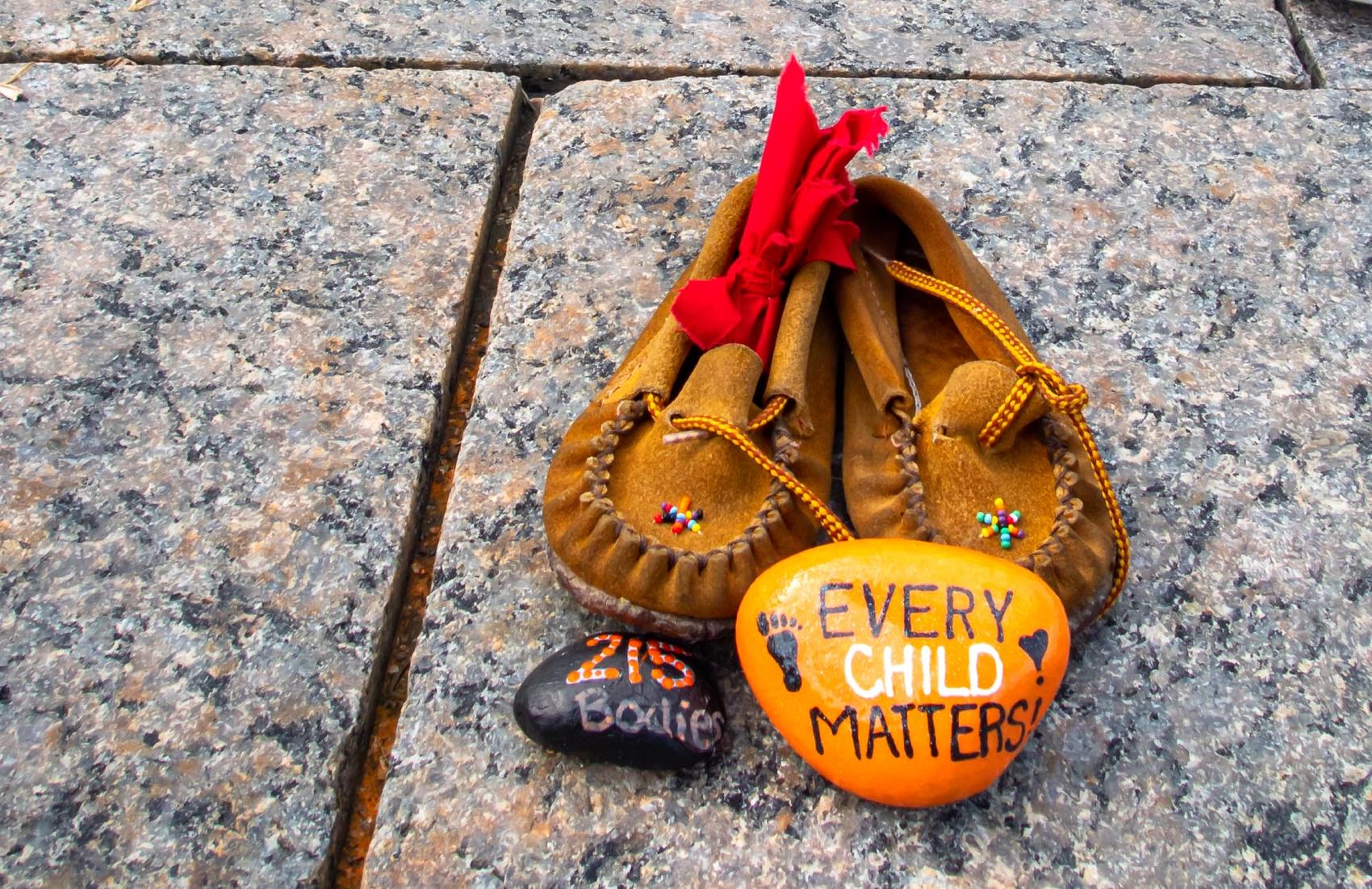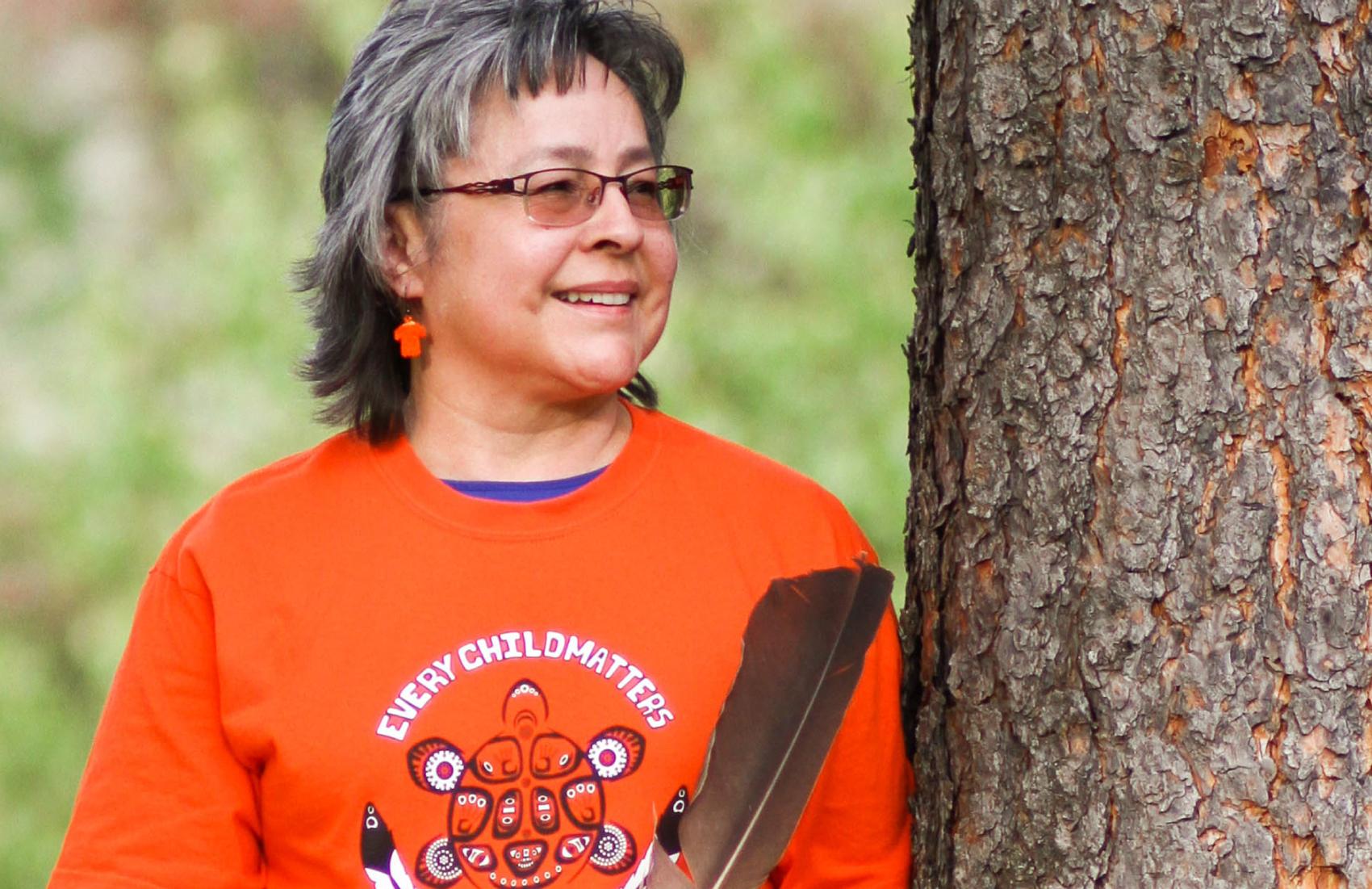6 ways to deepen your understanding of Indian residential school history
By Carolyn Ali

Here’s how to learn more on National Day for Truth and Reconciliation
September 30 is a day of commemoration. Every year since 2013, Orange Shirt Day has aimed to raise awareness of the Indian residential school system in Canada. The federal government has now officially marked the date as National Day for Truth and Reconciliation, and the BC government has followed suit.
National Day for Truth and Reconciliation is an opportunity to recognize and commemorate the legacy of residential schools. So how can you use this day to advance your personal understanding of residential school history? Here are six places to start.
1. Read about residential school history
This summary by the National Centre for Truth and Reconciliation explains why the Truth and Reconciliation Commission of Canada (TRC) concluded in its final report that the Indian Residential School system was cultural genocide. Residential schools were “a systematic, government-sponsored attempt to destroy Aboriginal cultures and languages and to assimilate Aboriginal peoples so that they no longer existed as distinct peoples.”
2. Know the historic timeline
Produced by Historica Canada, this five-minute video starts in the 17th century and highlights significant dates in the history of residential schools, all the way up to the release of the Truth and Reconciliation Commission of Canada’s final report in 2015.
3. Learn about residential school denialism

Co-authored by Dr. Daniel Heath Justice, who is a Cherokee Nation citizen and Professor of Critical Indigenous Studies and English at UBC, this article emphasizes that we need “truth before reconciliation.” It presents 8 ways to identify and confront Residential School denialism, which obscures the truth about Canada’s Indian Residential School system in ways that protect the status quo.
4. Honour the stories of Survivors

A good place to start is by watching this short video of Phyllis Webstad telling her story, which is the inspiration for Orange Shirt Day. The Legacy of Hope Foundation also has a collection of videos that share first-person stories of Survivors.
5. Learn about UBC’s role in residential school history
When UBC’s Indian Residential School History and Dialogue Centre opened at UBC in 2018, UBC President Santa J. Ono delivered an apology to residential school Survivors and Indigenous people for the university’s involvement in the system that supported the operation of the schools. This statement explains why this apology is so necessary.
6. Participate in a community event
UBC’s Indian Residential School History and Dialogue Centre has a calendar of events surrounding Orange Shirt Day. These culminate in an Intergenerational March to commemorate Orange Shirt Day on September 30.
For those who need support while engaging with residential school history, healing and wellness resources are available.
Carolyn Ali is a writer for UBC Brand and Marketing. This article was updated on August 19, 2022, from its original publication on September 14, 2021. Feel free to republish the text of this article, but please follow our guidelines for attribution and seek any necessary permissions before doing so. Please note that images are not included in this blanket licence.


